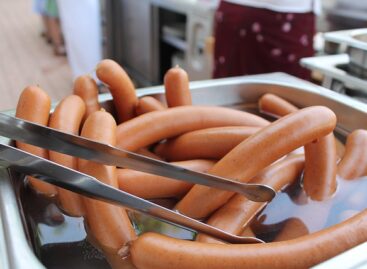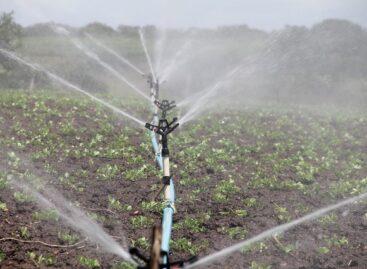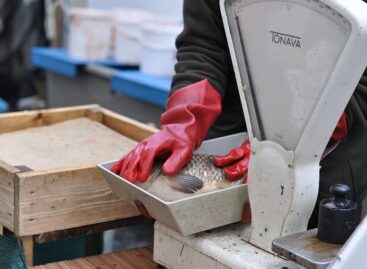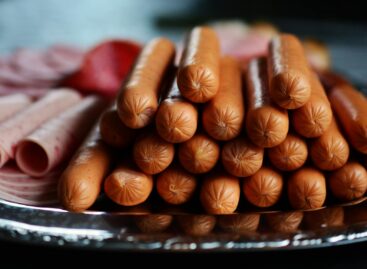It’s hot on the pasture – heat stress research in pastured beef cattle
The summer drought poses serious challenges to livestock producers in addition to crop production, with pastures already showing signs of discharges typical of August in many places. Heat stress is also becoming an increasingly serious problem in domestic pastured beef cattle farming: more frequent and intense heat periods affect the well-being, health and reproductive biological indicators of pastured animals, which can cause significant economic losses for livestock farmers. Digital technologies provide the opportunity for early detection of heat stress even in pastured conditions, which facilitates preparation and targeted interventions. All of this is crucial in mitigating the negative effects of heat stress. With the help of proven, good practices, meat-producing countries around the world, which have long experienced extreme weather, can more easily cope with the problem, but research is also underway in our country on mitigating the effects of heat stress on animals.
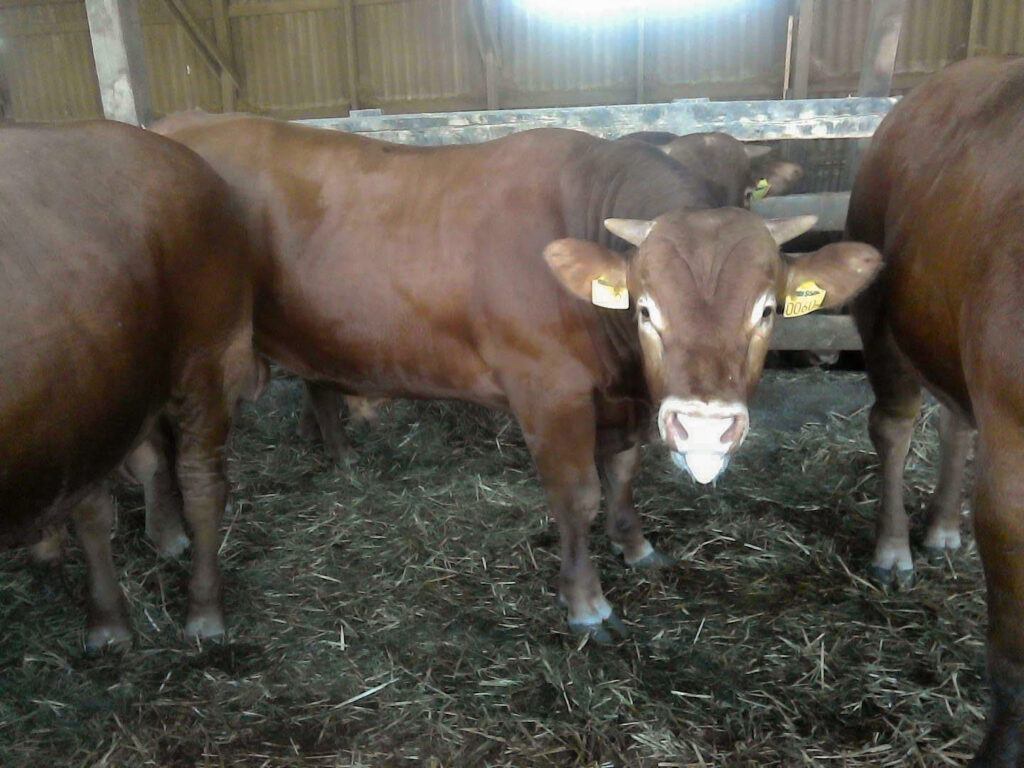 As a result of climate change, the number of hot days (Tmax ≥30°C) and tropical nights (Tmin ≥20°C) is increasing year by year in Hungary (HungaroMet, Heat Indexes). This is critical because during these periods, animals cannot cool their bodies properly even at night using their natural cooling mechanisms (evaporation, sweating, panting, and in severe cases salivation), and are therefore at greater risk of heat stress. While numerous studies have addressed the management of heat stress in dairy cattle, this issue has received much less attention in pastured beef cattle farming. Little information is available on how persistent summer heat affects the life, well-being, and performance of grazing animals. This is partly because the negative effects of heat stress on pastures are more difficult to measure and occur over a longer period of time than in stabled dairy herds, so the economic loss is less tangible. However, heat stress can be particularly critical in herds where there is no shade vegetation available on the pasture and the animals are exposed to direct sunlight.
As a result of climate change, the number of hot days (Tmax ≥30°C) and tropical nights (Tmin ≥20°C) is increasing year by year in Hungary (HungaroMet, Heat Indexes). This is critical because during these periods, animals cannot cool their bodies properly even at night using their natural cooling mechanisms (evaporation, sweating, panting, and in severe cases salivation), and are therefore at greater risk of heat stress. While numerous studies have addressed the management of heat stress in dairy cattle, this issue has received much less attention in pastured beef cattle farming. Little information is available on how persistent summer heat affects the life, well-being, and performance of grazing animals. This is partly because the negative effects of heat stress on pastures are more difficult to measure and occur over a longer period of time than in stabled dairy herds, so the economic loss is less tangible. However, heat stress can be particularly critical in herds where there is no shade vegetation available on the pasture and the animals are exposed to direct sunlight.
The optimal temperature zone for beef cattle is between -5°C and +25°C. Above this temperature, compensatory mechanisms are activated, with the help of which the animal tries to maintain the balance of its internal environment, including its constant body temperature (38-39°C). During hot weather, animals tend to seek shade and spend a lot of time standing in order to evaporate as much of their body surface as possible and to allow air movement to help dissipate heat. At this time, their water consumption increases and their appetite decreases significantly, which can lead to a negative energy balance, electrolyte and acid-base balance being disrupted. In extreme cases, the animal may even die. However, physiological stability is essential for the animal’s health, productivity and well-being.
There can be significant differences in the heat tolerance of individuals, but several factors also influence heat tolerance, such as skin and coat color. Lighter-colored, sparsely-coated breeds are more heat-tolerant than their dark-coated counterparts (e.g. Black Angus). The age, sex, body condition, and health of the animal also have a significant impact on heat tolerance.
Related news
Hungarian sausages on the New Year’s Eve table!
🎧 Hallgasd a cikket: Lejátszás Szünet Folytatás Leállítás Nyelv: Auto…
Read more >Ministry of Agriculture: the government is giving priority support to the development of irrigation
🎧 Hallgasd a cikket: Lejátszás Szünet Folytatás Leállítás Nyelv: Auto…
Read more >Despite the drought, there will be no shortage of high-quality Hungarian fish
🎧 Hallgasd a cikket: Lejátszás Szünet Folytatás Leállítás Nyelv: Auto…
Read more >Related news
New Year’s Eve: shortened opening hours in stores – general store closure on January 1
🎧 Hallgasd a cikket: Lejátszás Szünet Folytatás Leállítás Nyelv: Auto…
Read more >Tejföl is only a name for live flora: new categories for sour dairy products will be introduced from 2026
🎧 Hallgasd a cikket: Lejátszás Szünet Folytatás Leállítás Nyelv: Auto…
Read more >Sausage prices before New Year’s Eve: cheap entry, expensive premium – how big is the gap on the shelves?
🎧 Hallgasd a cikket: Lejátszás Szünet Folytatás Leállítás Nyelv: Auto…
Read more >
